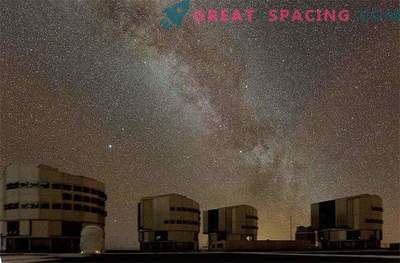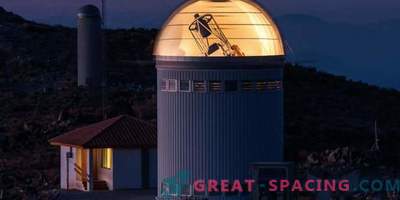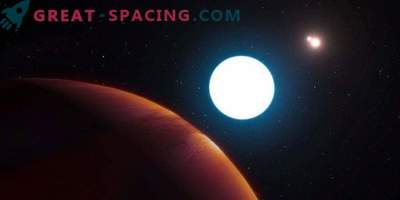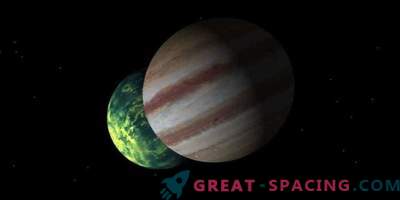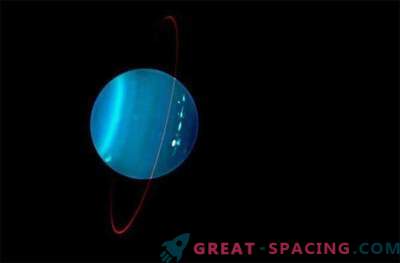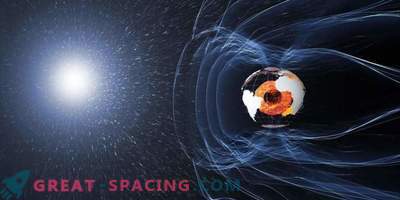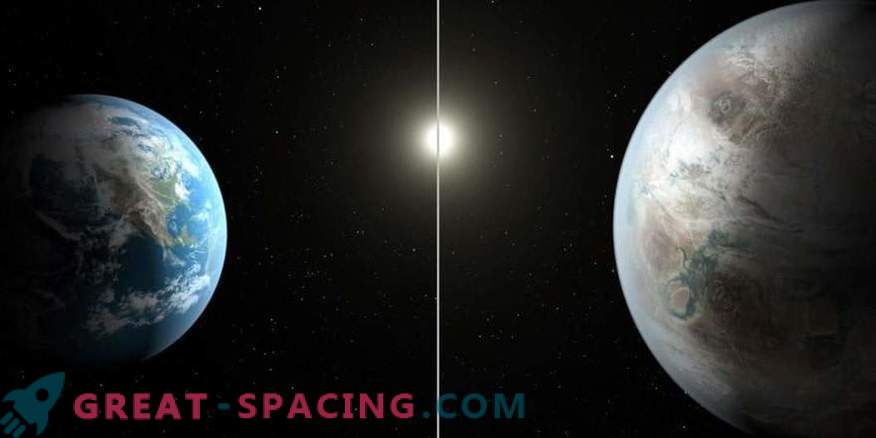
Using the microlensing method, scientists were able to find a new super-earth around a low-mass star that is 5 times less than the Sun.
Based on the effect of a gravitational lens, microlensing is used to search for objects of planetary and stellar mass, regardless of the light they emit. Therefore, the method is especially sensitive to super-lands - exoplanets with a mass higher than that of our home planet, but significantly lower than the masses of the gas giants of the solar system.

Glow curve of gravitational microlensing OGLE-2017-BLG-0482. The top shows the scale of the planetary anomaly area enclosed in the bottom panel. The bold and dotted curves are the optimal planetary model and the model of a point lens. Middle panels - remnants of individual models Now only 2% of all exoplanets managed to be detected by microlensing. But this number should increase, as several ground-based survey programs regularly monitor dense star fields.
On April 8, 2017, the OGLE-2017-BLG-0482 event was noticed at the 1.3-meter telescope at the Las Campanas Observatory (Chile). The planet rotates around a low-mass dwarf M-type.
The new world (OGLE-2017-BLG-0482Lb) is about 9 times more massive than the Earth and is 1.8 a distance from the host star. e. Star mass reaches only 0.2 solar. Scientists note the importance of the microlensing method for finding low-mass planets, as they are difficult to spot in other ways.

